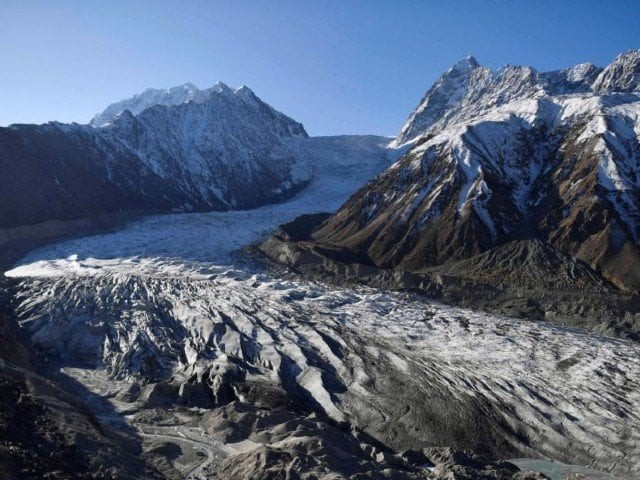ADB programme spans nine countries, tackling glacier loss threatening water, agriculture, energy
The Asian Development Bank (ADB) has approved $250…

ADB programme spans nine countries, tackling glacier loss threatening water, agriculture, energy
The Asian Development Bank (ADB) has approved $250…